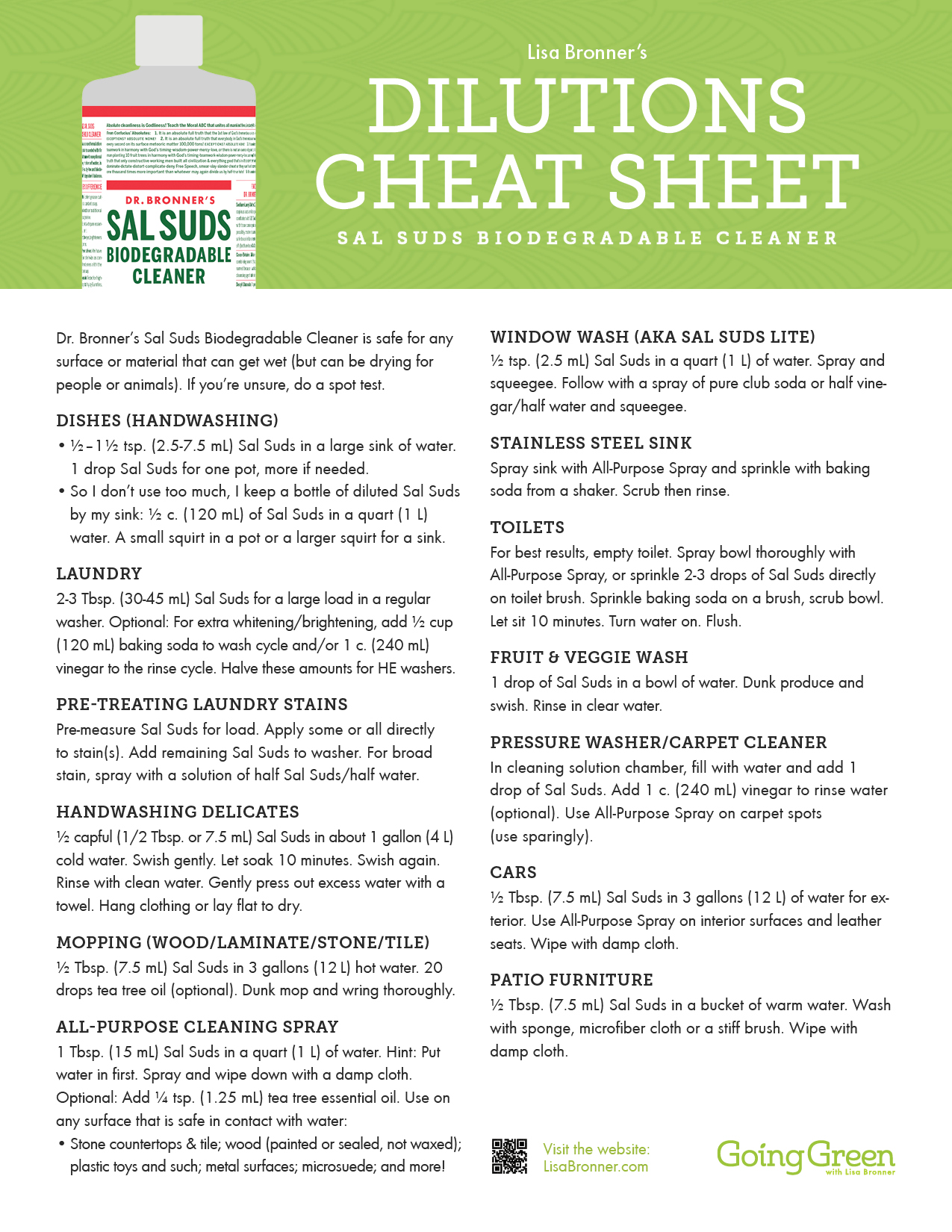
How does one wash down and down alternatives? Down and down alternative are great insulators with the perfect combination of lightness and warmth. Both insulators work by trapping air warmed by body heat. They rely on an airy structure and interlocking soft fibers to do so. Any grime or residues on the insulating material impedes this integral ability, so keeping it clean is crucial.
While there are several factors in the decision between down and down alternative – including ethical, allergy, and cost considerations – the washing for either are the same. I was glad to see such programs as Re:Down which recycles down and Patagonia’s Traceable Down standard. For brevity, I refer to “down” throughout the article to incorporate either down or down alternative.
The other day, I had the misfortune to carry my son’s down camping blanket and found he had not washed it in recent history. It was definitely overripe. The problem with dirty down, other than the smell, is that the sweat, oils, and grime weigh on the fill and causes them to clump. Clumps can’t trap that warm air that keeps us nice and cozy.
If you notice your jacket or comforter isn’t as warm as it once was, or it isn’t as fluffy as it once was, it’s time to clean it. Fortunately, it’s easy to wash down and alternative down. It just takes a good bit of patience. Washing and drying cannot be rushed. There are no shortcuts in the timing.
Since washing and drying is a pretty pummeling process, it’s best to reserve washing until necessary. Prolong the cleanliness of your comforter with duvet covers and pillows with pillowcases. Air out gear regularly after use, and spot clean items promptly.
Down is one of those odd luxury items that might be better off washed by machines rather than by hand. Also, unless the care instructions say otherwise, don’t dry clean your down.
Dry cleaning is a seriously misunderstood and misnamed process. It’s not dry. Rather, it’s waterless. Until embarrassingly recently, I had thought dry cleaning utilized some sort of magical powders. Instead, dry cleaning uses non-water based, yet still liquid, solvents to clean fabrics. This is why it’s so important to air out dry-cleaned items when you get home.
The solvents in dry cleaning can degrade the feathers or alternative down filler and make them brittle. This will lessen their insulating effectiveness.
Follow the care label to wash down correctly
Manufacturers know their products best. Follow their instructions listed on the care label. If you’re like me and you remove labels, tape or staple them in a little notebook by your washer. I do this for items with persnickety washing instructions.
You’re not washing only the insulation. You’re also washing the casing, which could be made from a wide variety of natural or synthetic fibers. This is why the care instructions are crucial.
If the care instructions say to use a “mild detergent,” then Dr. Bronner’s Sal Suds Biodegradable Cleaner fits the bill. This is a rare instance where Dr. Bronner’s Castile Soap is not interchangeable with the Sal Suds. If there is any hardness (mineral content) in the water, the Castile Soap will react and potentially leave a residue on the fill. My usual recommendation of a follow-up vinegar rinse may too acidic for the longevity of the down or down alternative. So stick with the Sal Suds.
The phrase “mild detergent” refers to detergents without aggressive additives, bleach, fabric softeners, or intense fragrance, which indicate enhancers designed to leave residues. Also, mild detergents produce minimal suds, are clean rinsing, and leave no residues of any kind which would burden the insulation. Sal Suds is all this, and it’s biodegradable.
Wash down-filled items by themselves. Do not toss them in with your regular laundry. They wash and especially dry at far different rates than your average laundry.
Spot cleaning down
If all your item needs is a little clean-up around the edges or a smudge here and there, try spot cleaning first.
- Mix a solution of 1 Tbsp. (15 mL) Sal Suds in 1 c. (240 mL) water.
- Dip a clean washcloth into this solution, wringing out the excess, and rub the spots and smudges. Refrain from saturating the internal down.
- Then dip a new washcloth into clean water to rinse the areas, again taking care not to soak the item.
- Let air dry thoroughly. If you think you may have saturated the internal down, proceed with the drying section below.
This method is preferable to spraying the spots which may cause more moisture to penetrate into the down.
Machine wash down
If spot cleaning is insufficient, and the care label permits, proceed with a complete washing.
- Check for tears in the casing and repair if needed. (Pause for a moment and envision the featherstorm a small rip would create in your dryer.)
- For jackets, vests, or sleeping bags, zip zippers, and loosen elastic cords. Empty pockets. Turn inside out.
- Use a machine with no agitator, which can rip the thin casings on down items. A front-loader or top-loading High Efficiency (HE) machine with no agitator are best.
- Use a machine large enough to allow for water flow around the item. Home washers are not likely big enough to wash a sleeping bag or comforter. You’ll need to head to a commercial laundromat. (If the machine may previously have been used with a strong detergent, run an empty rinse cycle through it.)
- Set the machine for warm (85°F/30° C) on a delicate cycle with an extra rinse cycle.
- If your washer does not have a soap dispenser, start the waterflow and disperse the Sal Suds in the water. (Do not pour the Sal Suds onto the dry fabric as this could create very sudsy spots that are difficult to rinse.)
- For an HE (low water) machine, use ½ Tbsp. (7.5 mL) Sal Suds. For a regular washer (without an agitator) use 1 Tbsp. (15 mL) Sal Suds.
- Do not use fabric softeners, which leave residues on fabrics.
- Once the wash with the extra rinse cycles are done, inspect the item to see if all the soap is rinsed out. Rub your hand over the fabric and check for suds. Squeeze the fabric and see if it sounds soapy.
Can you handwash down?
Yes, if it’s a small item, you can handwash. However, in a match between me and a water-logged king-sized comforter, I know my comforter would win. But a jacket or personal blanket? You could probably wash those by hand adequately in a sink or tub. The key is having enough room for water flow and agitation around the item and providing enough agitation and rinsing action to draw out the grime.
Handwashing down
- Use a sink or tub with lots of swishing room.
- Fill no more than halfway with slightly warm water and add Sal Suds: 1/2 tsp. for a large sink, 1/2 Tbsp. (7.5 mL) for a bathtub. This is approximately half the amount you would normally use to launder clothes.
- Submerse item in the water, swishing and swooshing to pull the water through the item. If it’s a tub, you’ll need to submerge and agitate the item a bit by rolling your sleeves WAY up and get in a good arm workout.
- Let it sit for 10 minutes.
- Do some more swishing and swooshing to move all the loosened grime off the fabric.
- Empty the sink/tub and refill with clean warm water. Swish and swoosh to rinse. If the water is still dingy or sudsy, keep rinsing with clean water until it’s clear.
- Drain the water from the sink/tub and press the item to extract excess water. Do not wring or twist. Wrap the item in a big towel and press again.
Drying down
Sufficiently drying a down-filled item is critical to successful cleaning. If not dried well and thoroughly, your down will be clumpy, ineffective, and likely to mildew.
Down and down alternative can take a long time to dry. Expect up to 2-3 hours in a dryer for a heavy, high loft jacket. Much longer for a sleeping bag or comforter. Drying in a dryer is more reliable than air drying because the motion brings more airflow around all sides of the feathers or fibers, lifting and separating them, thereby increasing dryness.
If you’re using the washer to wash, run the spin cycle a few extra times to get as much water out of the item as possible. There’s nothing like good old centrifugal force to throw the water out.
How to dry down
- Put the item in the dryer with no other laundry.
- Toss in 2-3 clean tennis balls or dryer balls. These are key to keeping the down in motion and breaking up clumps.
- Do not use dryer sheets, which deposit residues on fabrics.
- Set the dryer to Low Heat for a long cycle. You’ll likely need several cycles for larger items.
- Take the item out of the dryer every 20-30 minutes to fluff and reposition.
- The item is done when it feels dry to the touch, is light for its size, fluffs well with no clumping.
- No shortcuts! Don’t turn up the heat. Not only do burnt feathers smell awful, but the drying time is all about amount of airflow, and heat doesn’t add to this.
Dr. Bronner’s Sal Suds is not going to waterproof your gear. You’ll need a specialty product for this. Check your manufacturer’s recommendations.
How to store down or down alternative
Store these items uncompressed and in a dry spot. Compression can break the feathers and compress the insulation fibers, reducing the loft and thus the warmth. This means down comforters should not be stored over summer in vacuum bags. Sleeping bags should not be stored in their sacks.
Now that our gear is all clean and ready to go, what adventures will we take?
For more info on ethically sourced down or down-alternative products, I found this article to be a good overview: Everything You Need to Know About Buying Ethically Sourced Down Products.
Further reading
- The Unexpected Versatility of Bar Soap
- Handwashing Delicates with Dr. Bronner’s
- Sunshine & Sachets: Best Ways to Dry Clothes
Sal Suds cleaner shows >60% biodegradation after 28 days per ISO 14593
This tip and many more are in my book, Soap & Soul: A Practical Guide to Minding Your Home, Your Body, and Your Spirit with Dr. Bronner’s Magic Soaps, available now in hardback on DrBronner.com or at your favorite bookseller, and as an eBook and audiobook (read by me!) from wherever you download or listen.









I literally was on my way to the laundry mat, when lo ‘ & behold, the information I needed! Thank you💜
I’m shocked that you would use down as the torture that the birds go through is despicable. I have been a Dr. Bronner’s fan for years and the reason I buy your products is because I believed that you would never allow tortured animals to suffer. I am so angry and sad that I will never buy anymore of your products. Please educate yourself to how down is produced.
Hi Patricia- Thank you for commenting, and I’m sorry this article has caused you distress. It’s always disappointing to lose a customer. As you point out, problems around the ethical sourcing of down do exist. Thanks to consumer pressure, the down industry has come under increased scrutiny. As such, a number of certifying bodies and manufacturing standards have been established to ensure down is sourced ethically and that the most harmful practices are avoided. For those who prefer to avoid down altogether, there are a variety of excellent synthetic options from which to choose. I appreciate your concern for this important issue and intend to add additional resources for down alternatives and ethical down to this article.
Thank you so much for this detailed information. This article has been very helpful.
I’ve been needing to wash my down comforter, but not exactly sure how to go about it. This article was timed perfectly and full of answers to all my questions. I’ll be heading to the laundromat with my Sal Suds and a book for the extra drying time. Thank you Lisa!
Works wonderfully.
How would you suggest cleaning pure silk filled comforter with a cotton cover.
Thank you,
Chris
Hi Chris- The first step is to check the manufacturer’s care instructions. They know their products best. Some silk filled comforters must be dry cleaned. Others can be washed with a mild detergent. If yours is the latter, Sal Suds will work. Wash it cold and gentle with the amounts of Sal Suds listed above. Follow care instructions for drying. Be sure to let it dry thoroughly.
Thanks, Lisa, for the excellent, all-inclusive information. It covered all bases.
Hi Judith- Thanks for reading!